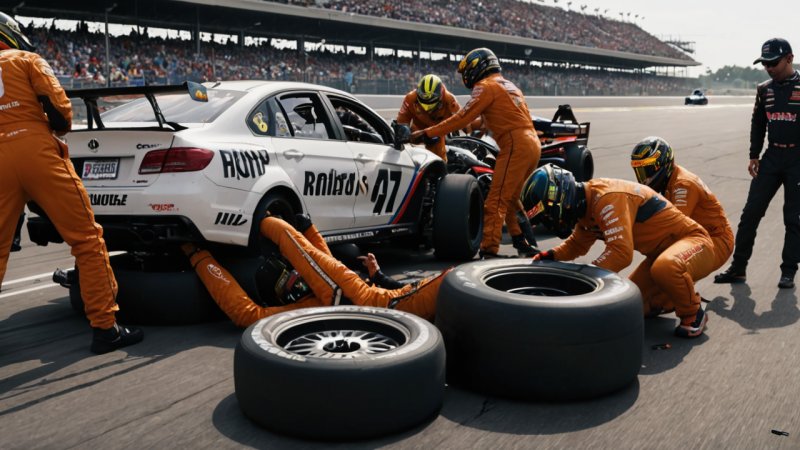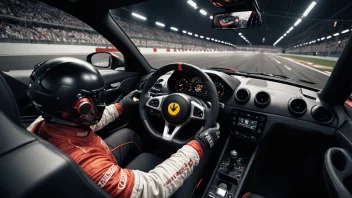In the high-octane world of motorsports, every second counts, and pit stops play a pivotal role in shaping race outcomes. Understanding the strategic importance of these brief interludes can significantly enhance a team's performance and elevate a driver's chances of victory. Here, we delve into the multifaceted role of pit stops in race strategy, exploring how they can be leveraged for competitive advantage in motorsports.
1. Timing is Everything
The timing of a pit stop can make or break a race. Teams must decide the optimal moment to bring their driver in for a stop, taking into account tire wear, fuel levels, and track conditions. A well-timed pit stop can allow a driver to take advantage of yellow flags or competitor mishaps, while poor timing can result in lost positions or even laps.
2. Tire Strategy
The choice of tires is a critical component of race strategy. Different tires offer varying levels of grip and durability, which can affect lap times significantly. Teams analyze data to determine when to switch tires, balancing performance and longevity. For instance, soft tires provide better grip but wear out more quickly, while hard tires last longer but may not perform as well initially.
3. Fuel Management
Fuel levels can dictate a team's pit stop strategy. Drivers must manage their fuel consumption throughout the race, as running out of fuel can lead to catastrophic failure. Teams often calculate fuel needs based on race pace and track position, allowing them to make informed decisions about when to pit for refueling. Efficient fuel management can lead to fewer pit stops, which can save precious seconds on the track.
4. Driver Rest and Recovery
Pit stops are not just about mechanics; they also offer drivers a brief moment to regroup. Even a few seconds of rest can help a driver regain focus and composure. During a pit stop, drivers have the opportunity to hydrate, receive crucial feedback from the team, and mentally prepare for the remainder of the race. This element of driver psychology plays a crucial role in maintaining peak performance levels.
5. Team Coordination and Communication
Successful pit stops require impeccable coordination among team members. Each crew member has a specific role to play, and their efficiency can significantly impact the duration of the pit stop. Teams practice pit stops extensively to minimize time lost during these crucial moments. Moreover, effective communication between the driver and the team ensures that strategies can adapt in real-time based on race dynamics.
In conclusion, pit stops are far more than mere mechanical changes; they are strategic opportunities that can influence race outcomes. By mastering the timing, tire strategy, fuel management, driver recovery, and team coordination involved in pit stops, teams can significantly enhance their chances of success on the track. Understanding and leveraging these elements can mean the difference between victory and defeat in the thrilling world of motorsports.






